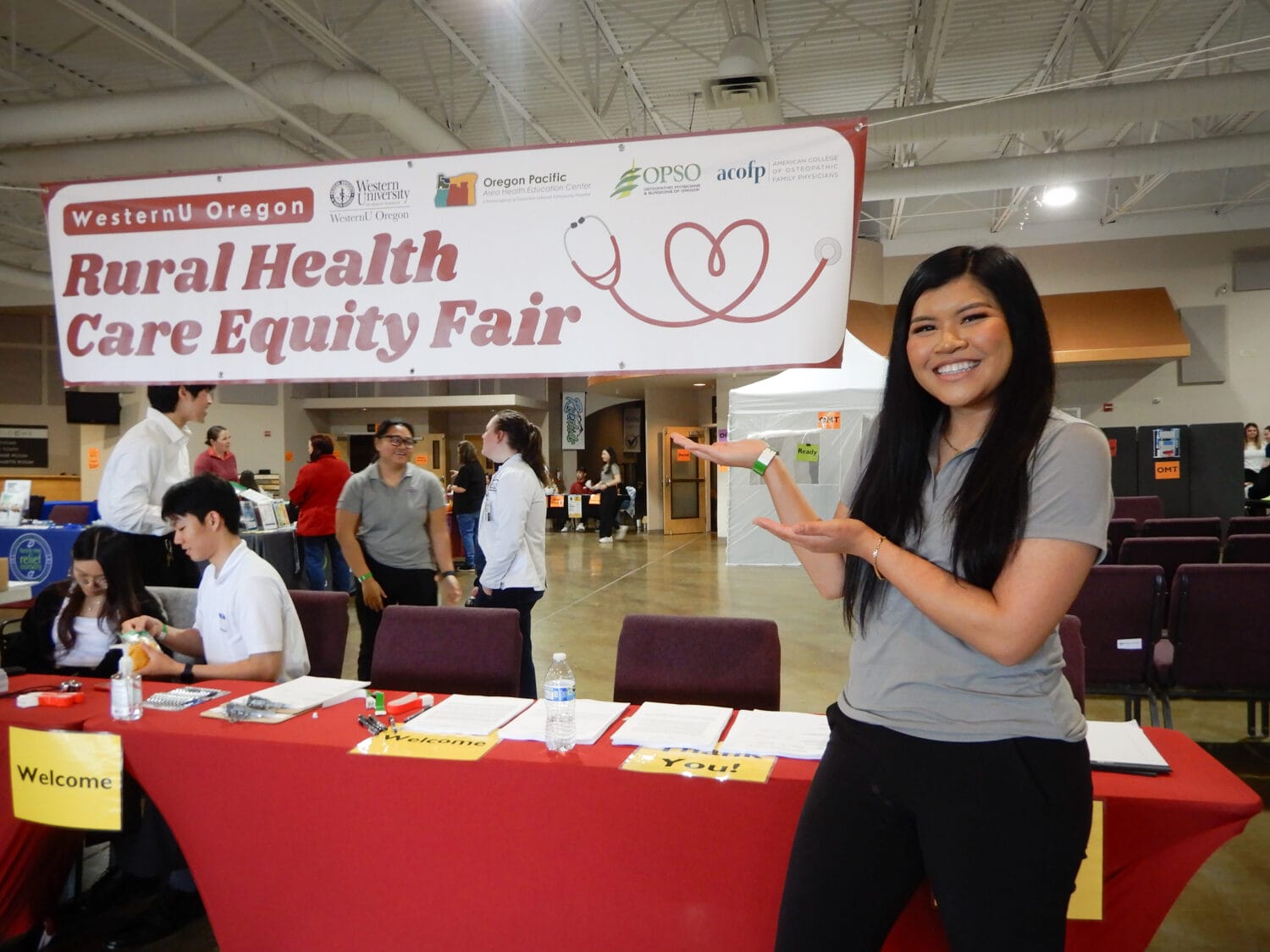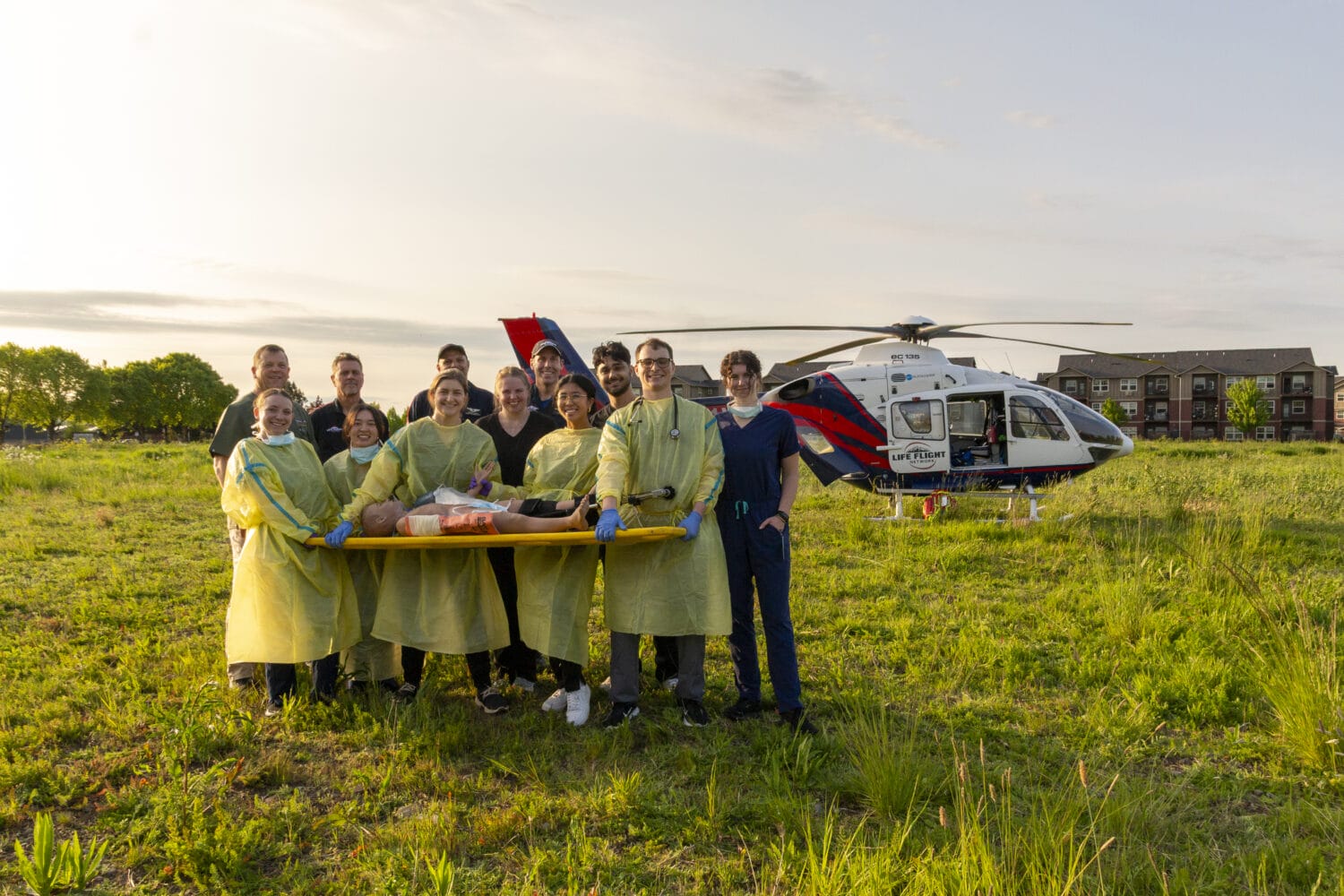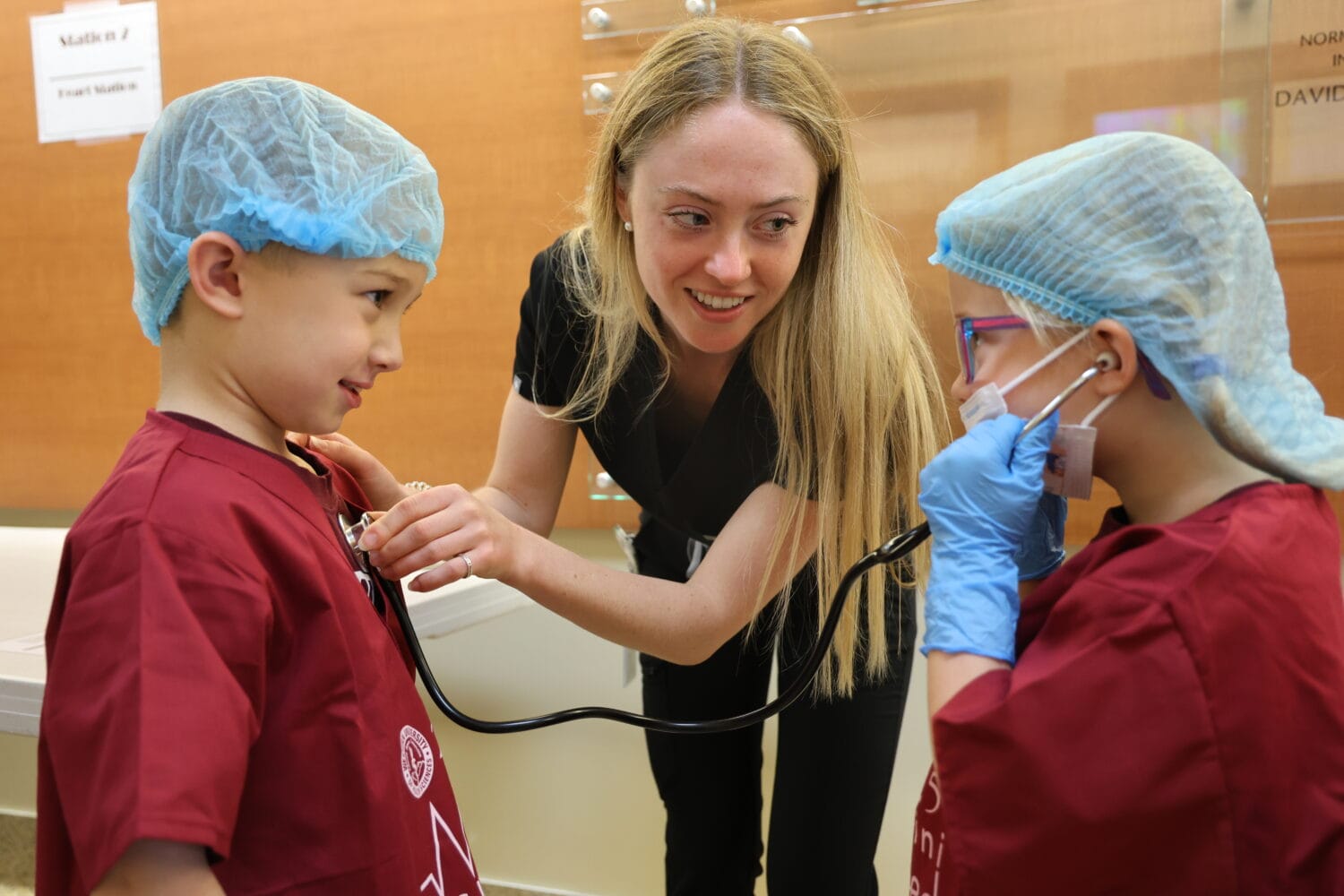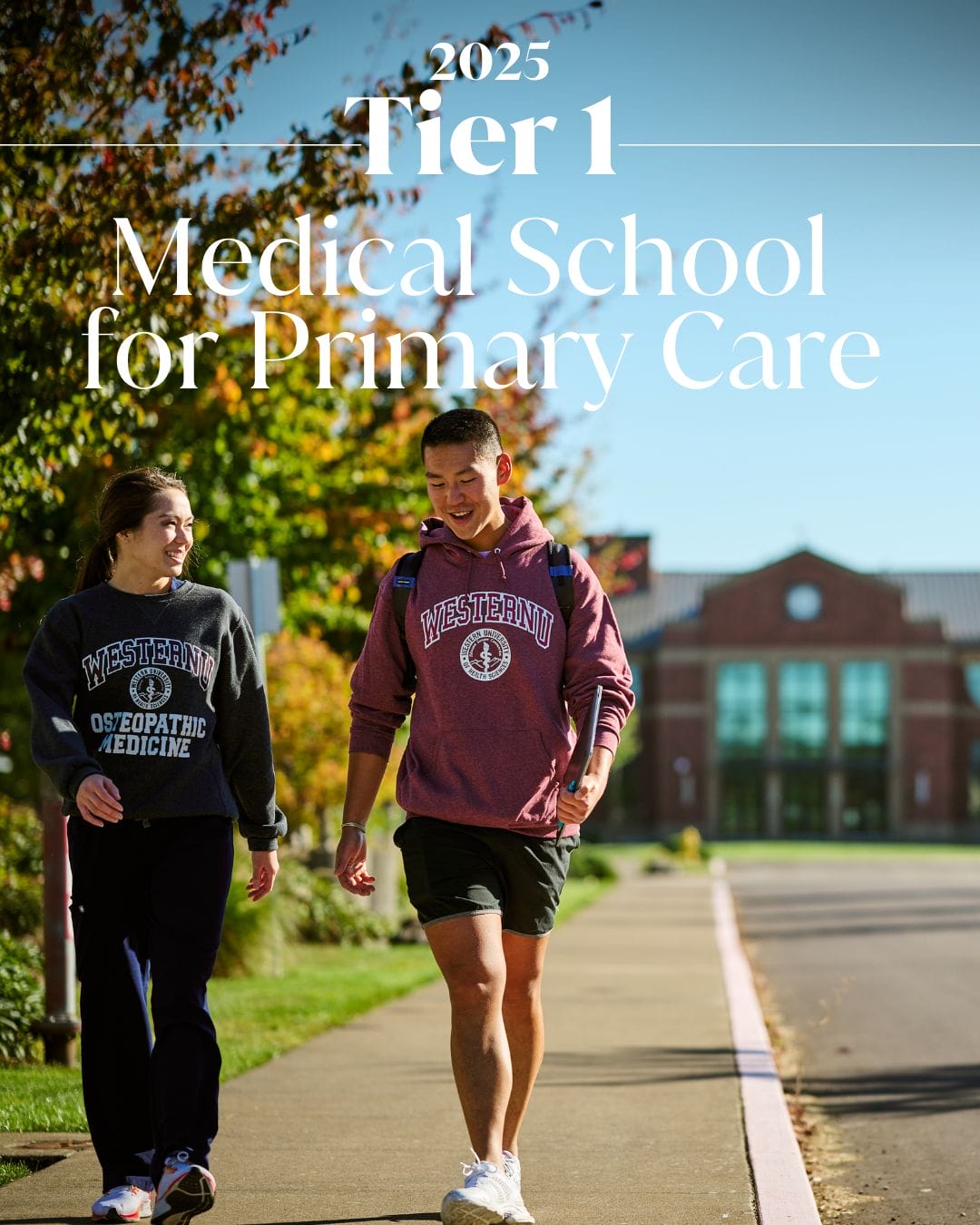Animal Rights Advocate Jill Robinson tells of bear plight
The images brought tears to the eyes of people who work with these animals every day: bears trapped in tiny cages that prevented any movement, holes cut into their abdomens to extract bile for medicinal purposes. Their claws and teeth were cut out and their faces were raw from banging against the bars.
Jill Robinson, founder and CEO of Animals Asia Foundation, showed these photos to explain her mission to end bear bile farming in Asia. But along with those images, she also brought scenes of hope: rescued bears playing with each other, feeling the sun on their backs for the first time, and free from ever worrying about abuse.
“They are the most phenomenal, forgiving creatures,” Robinson said.
Her audience would know. She was the keynote speaker Friday, Aug. 24 at BIERZS 2007 (Bear Information Exchange for Rehabilitators, Zoos & Sanctuaries), which brought about 100 bear experts from around the world to Pomona to share knowledge and advice about bear handling and care.
The weekend-long symposium, hosted by Western University of Health Sciences, includes visits to Moonridge Animal Park in Big Bear Lake and workshops on bear rehabilitation, behavior, health care and other topics. Robinson spoke at the opening session at the Shilo Inn Suites.
Animals Asia Foundation’s China Bear Rescue program has saved more than 200 bears from bile farms. The foundation is also expanding its efforts into Vietnam. The goal is to rescue the estimated 7,000 bears held in bile farms in China before the Beijing 2008 Olympic Games.
People in China care about animals and they have supported her efforts, Robinson said. In July 2000, the Animals Asia Foundation signed an agreement with Chinese authorities to rescue 500 farmed bears and work toward the elimination of bear bile farming.
“The farms have had their days,” Robinson said. “It’s high time the bears had theirs.”
BIERZS organizers asked Robinson to speak because her life is inspiring, said Else Poulsen, co-chairwoman of BIERZS 2007.
“Her life is really the living embodiment of the answer to the question ‘Why do we care about animals?’ Because it’s the right thing to do,” Poulsen said.
BIERZS brings together organizations that have different viewpoints but share a common goal – the desire to improve bear care, Poulsen said.
“Our only philosophy is to build bridges of communication between zoos, sanctuaries and rehabilitation facilities for bear care,” she said. “It’s just about setting up a forum, a safe place to talk to other folks going through the same thing you’re going through in terms of your bears.”
A visit to an animal sanctuary in Hungary served as inspiration for the conference, said Dr. Jordan Schaul , co-chairman of BIERZS 2007 and a student at the College of Veterinary Medicine at WesternU. He learned that the sanctuary worked closely with the Budapest Zoo, which doesn’t happen very often in the U.S., he said.
“We’re trying to get zoo, rehabilitation facilities and sanctuaries together to get everybody on the same page so we can improve the welfare and care of bears in captivity,” Schaul said. “So one of our main objectives is to create an information exchange for these three different facets of captive animal care because these different entities have their own agendas, and they don’t always agree with one another on how animals should be cared for.”
But these organizations could learn a lot from each other, he said. For instance, zoos could teach sanctuaries about training animals to make health care easier and more effective, and zoos could learn about managing larger collections of animals in larger spaces and designing exhibits that are more natural, Schaul said.
Southern California is a destination area that offers a good central location and plenty of bears, said Poulsen.
“We’re very excited that Western University offered to be the host of this first conference,” she said. “It has allowed us access to some really nice first-class facilities.”
BIERZS participants visited Moonridge Animal Park on Saturday, Aug. 25. The park, in Big Bear Lake, is a zoological facility as well as a fully-licensed, designated care and rehabilitation facility for injured or confiscated animals.
“It’s nice for us to get into the mountains,” Poulsen said. “What happens in large urban zoos is you have caregivers – zookeepers and bear keepers – who don’t often get a chance to get into the wild.”
Moonridge is in bear country, and visitors breathe the air and realize this is where bears come from, she said.
“This is where they’re genetically programmed to live,” she said. “This is what we need to reproduce to keep them mentally healthy.”



